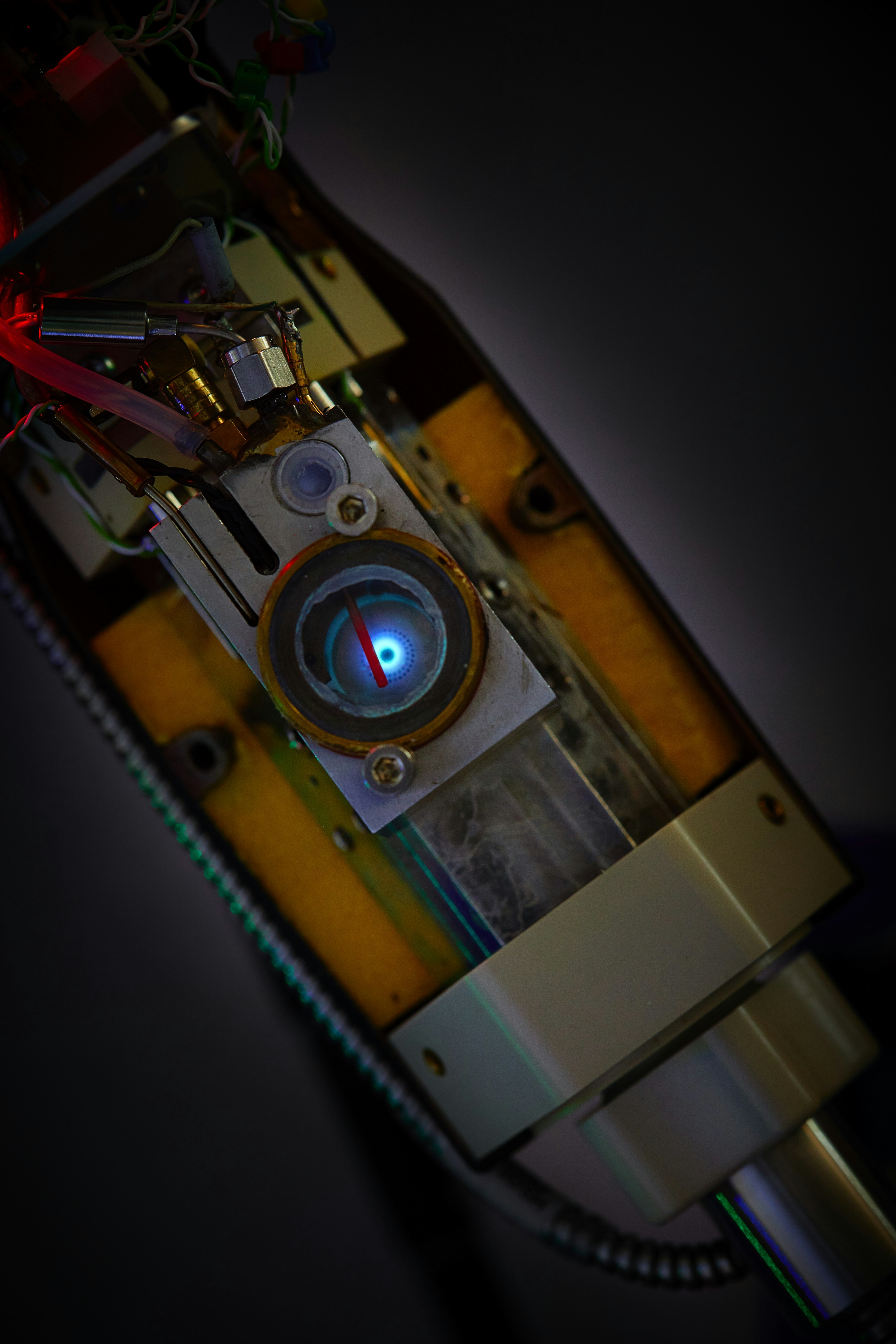Fast FID Principles
The flame ionisation detector (FID) is the automotive emissions industry standard method of measuring hydrocarbon (HC) concentration.
The sample gas is introduced into a hydrogen flame inside the FID. Any hydrocarbons in the sample will produce ions when they are burnt. Ions are detected using a metal collector which is biased with a high DC voltage. The current across this collector is thus proportional to the rate of ionisation which in turn depends upon the concentration of HC in the sample gas.
The ionisation process is very rapid, so the slow time response of conventional FIDs is mainly due to sample handling. A typical slow analyser might have a response time of 1-2 seconds.
The Cambustion HFR fast response FID analyzers use conventional detection principles and a unique patented sampling system to give millisecond response times.
Explore Related Products
Need more information? Connect to an expert
